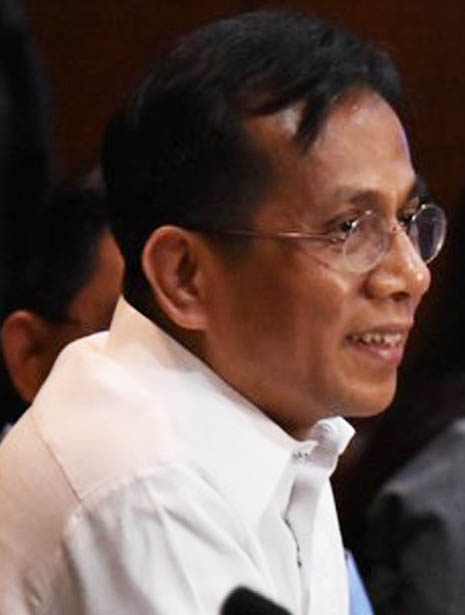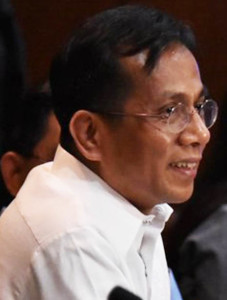

The Philippines can achieve a growth rate of 6% in 2015 with domestic demand remaining strong, according to Socio-Economic Planning Secretary Arsenio Balisacan.
“Our year-to-date performance reflects a steadily growing economy, and we are very optimistic that the Philippine economy will grow at 6% for full-year 2015,” Balisacan, who is also National Economic and Development Authority (NEDA) director-general, said at a year-end press briefing.
The Philippine economy has been growing at an annual average of 6.2% since 2010.
Balisacan noted that for the first nine months of this year, the country grew an average of 5.6%, “with 6% growth in the last quarter due to strong domestic demand, more jobs and more public and private investments.”
This makes the country one of the fastest growing economies in Asia, just behind India, China, and Vietnam.
“Together with the recovery of advanced economies expected next year and of the global economy in the medium-term, economic growth can accelerate to a level that can bring us to higher middle-income economy status by the end of the next administration,” Balisacan said.
For this to happen, “we need to continue to pursue policies and programs that will improve industries’ competitiveness and productivity and further increase investments in human capital development.”
In the years ahead, Balisacan said it is critical for the country to take advantage of its relatively young population joining the labor force in the next decade. The country should also continue to develop its infrastructure, encourage technological innovation, and pursue regulatory and structural reforms to unleash its potentials and maximize gains from regional integration.
“Through these, the country can further attract investment flows, as investors in advanced economies affected by the global financial crisis search for markets with higher returns and better prospects,” Balisacan said. He added that the Philippines can also continue to tap advanced economic markets, particularly through preferential trading relations, to increase the volume and value of our external trade.
The prospects for the travel and tourism sector also remain bright, and its positive contribution to economic growth is seen to continue until the next decade.
“Importantly, with the frequent occurrence of natural disasters and the reality of climate change, we need a strong disaster risk management program that will mitigate the impact of weather disturbances on employment, particularly in the agriculture sector, which employs around one third of our work force,” Balisacan pointed out.
Reforms in the bureaucracy and elimination of numerous unnecessary and irrelevant laws and regulations that slow down delivery of public services and program implementation are equally important, he stressed. He said these will enable the government to be more responsive and adaptive to changing needs and preferences, and to continue to be both a source of growth and a facilitator of private sector economic activities.
“We have made significant long-term investments and initiated important reforms whose results may not be immediately felt. We hope that the next administration will continue and further deepen these reforms, careful not to lose sight of the long term, even while immediate needs are addressed,” Balisacan said.
Image courtesy of [name of the image creator] at FreeDigitalPhotos.net




